Throughout the history of architecture, surely no other material has been as influential as wood. It’s rare to see a building that’s been produced without any wood at all, and it remains a fundamental element of most buildings to this day.
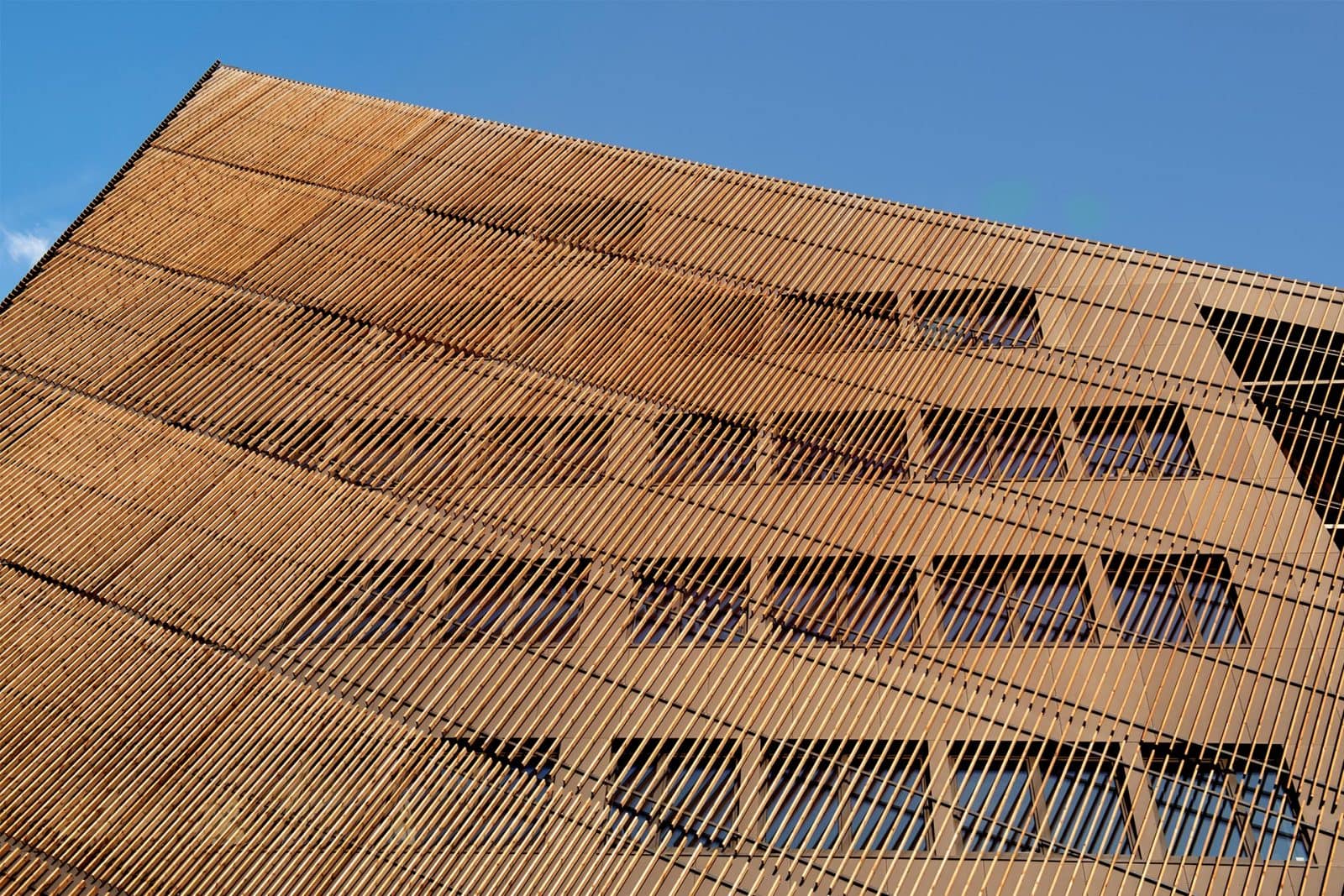
People have always sought to customize their dwellings to their own needs, from early humans adopting caves as living environments and ancient tribes building simple shelters right through to the full range of sizes and styles that can be seen in modern housing around the world. With its usefulness and versatility, wood has always had a lot to offer.
In honor of this most magnificent building material, we take a closer look at the important role that wood has played, and continues to play, in our architecture.
Wood’s role in architecture has evolved over time, with the use of timber as a primary building material starting over 10 millennia ago. The world’s oldest wooden building that can still be seen today is the Hōryū-ji in Nara, Japan, a temple that was first built around 670 AD, while Greensted Church in the UK, built around 1053, is the oldest wooden church in the world and also thought to be Europe’s oldest wooden building that is still standing. The oldest wooden building that has been continuously inhabited is Roykstovan, a farmhouse built around the middle of the 11th century in the Faroe Islands.
The examples above illustrate how wood can be used to create both grandiose architectural statements and simple, rustic constructions – in regard to the latter, log cabins, barns, early saunas and the wooden housing that dominated up until the industrial revolution spring to mind. Indeed, alongside its abundance in every corner of the world and its renewability, wood’s versatility is perhaps the feature that has contributed most to its popularity. Offering a wide variety of shades, with softer and harder varieties to choose from, wood can be cut, shaped and bent to provide equal utility in practical applications like substructures and beams and aesthetic ones such as façades and decorative elements. Wood is at once durable, strong and flexible – and always attractive.
Of course we have a special interest in thermal modification at Thermory, and it should be noted that although this process has been constantly developed and refined over time to be as effective as it is today, it was first used earlier than many may suspect, with the Vikings discovering that heat-treating wood could improve its durability and strength.
Although wood hasn’t always been the main material used in buildings – with clay and stone also featuring heavily and metals like bronze and iron eventually entering into the construction mix – it has always been present. And as highlighted in William Hall’s book Wood, its combination of beauty and sustainability benefits have seen it making a comeback in recent times, with a number of inspiring building projects using exclusively wood. Some notable examples pointed out by Hall include a pine church in Norway, an office that doubles as an abseiling wall in Austria, and a Chinese library whose façade is decorated with twigs from fruit trees.
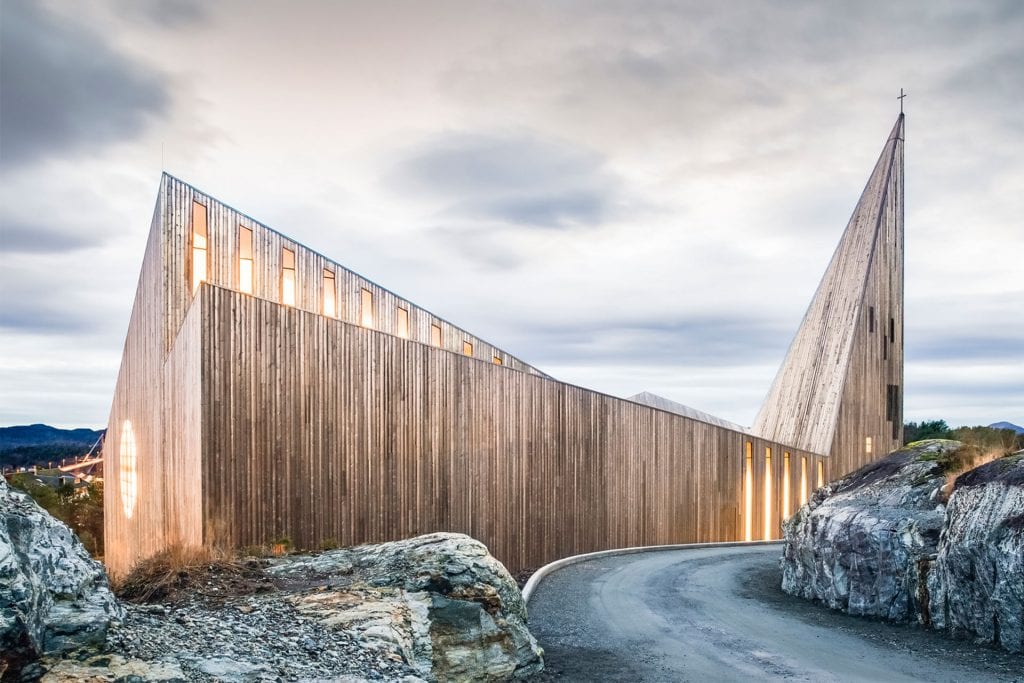
These days, wood is commonly used to create durable frames and attractive façades for buildings, as well as interior elements like staircases, bannisters and floorboards. Different wood types bring different benefits, with stronger hardwoods generally preferred for structural elements and woods that can offer better insulation properties and appealing looks used for interior walls and flooring. Thermal modification can enhance many of these desirable qualities, offering improved durability, rot resistance and dimensional stability. One of wood’s most attractive features for many modern architecture firms is its sustainability credentials.
We discussed the sustainability of wood in an earlier article and among other benefits, we found that its renewability and re-usability are positive features, as well as its lower environmental impact and its ability to hold in carbon that has been absorbed by the tree during its lifetime. According to communications campaign Think Wood, “maximizing wood use in both residential and commercial construction could remove an estimated 21 million tons (approximately 19,050,880 metric tonnes) of CO2 from the atmosphere annually – equal to taking 4.4 million cars off the road.” Think Wood also points out some health benefits of using wood in buildings, such as stress reduction, enhanced concentration and work satisfaction.
For these reasons, countries and municipalities are increasingly considering using more wood in cities, with the French government recently announcing plans for a law that will require 50% of all new public buildings to be constructed with wood or other natural materials, and Helsinki’s new “Oodi” library showcasing the best of modern design with its sweeping wooden façade. Many prominent architects are also increasingly turning to wood in recognition of its benefits – for example, Japanese architect Kengo Kuma has shown what’s possible with a number of designs that really catch the eye.
Other interesting and sustainable uses of wood include A Quiet Place to Sit and Rest, a bench designed by Kyle and Alyssa Trulen, who were inspired by Shel Silverstein’s story The Giving Tree. As well as having a tree growing in the middle, the bench’s design represents the rings of a tree – and the inner “rings” of the bench, which is made with Thermory ash and pine, can be removed to accommodate the tree as it grows.
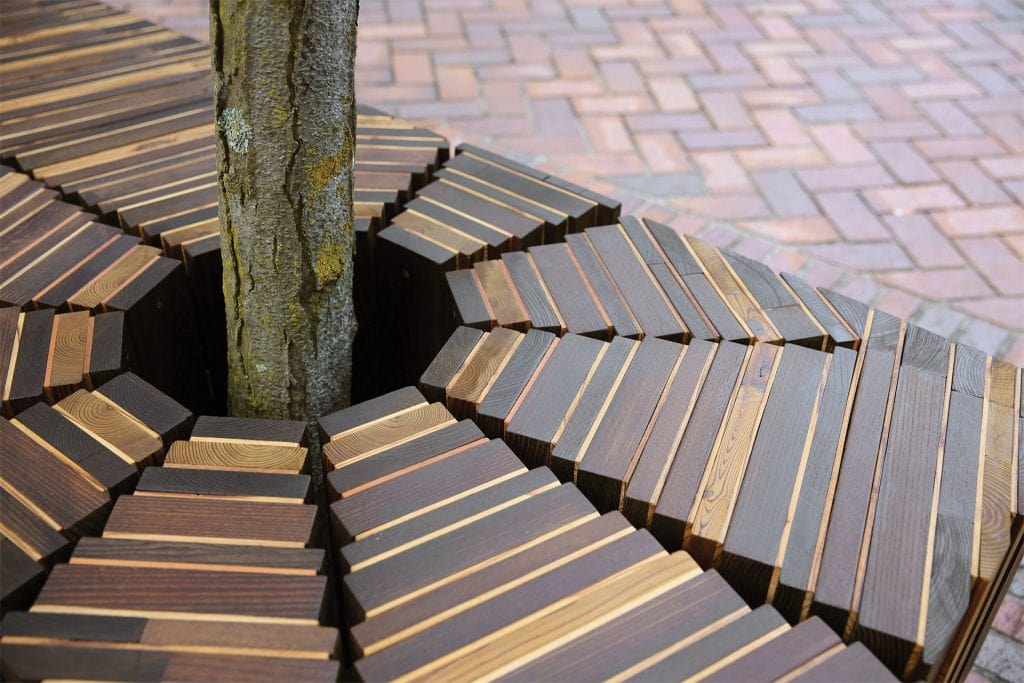
Meanwhile, Forest Green Rovers is a football club in England with a strong sustainability focus – already the world’s first 100% vegan football club, Forest Green Rovers FC has now secured planning permission for an all-wooden stadium, with construction planned for the near future.
Wood is here to stay
Wood has been used in architecture throughout history, and this seems unlikely to change anytime soon. In fact, with the growing recognition of the need for more sustainable solutions in buildings around the world, if anything its use will increase to replace other materials that harm the environment. This trend only highlights the need to look after our forests in order to keep this valuable resource available.
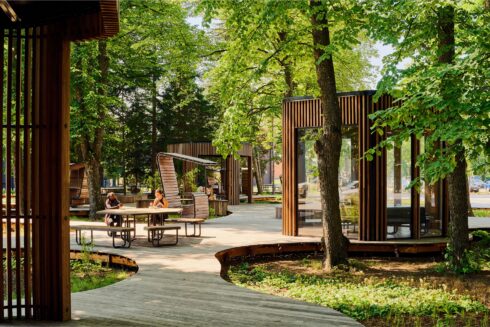
When it comes to decking, there are many options from natural wood to plastics and everything in between. It’s no secret that we at Thermory prefer...
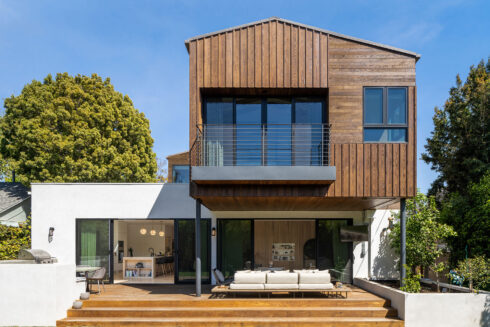
Yes — and you absolutely should. Mixing cladding...
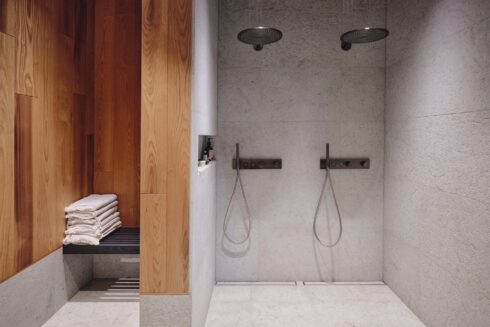
Ceramic tiles have long been the go-to choice for bathroom walls, but they aren’t the only option. If you’re looking to create a warmer, more inviting...
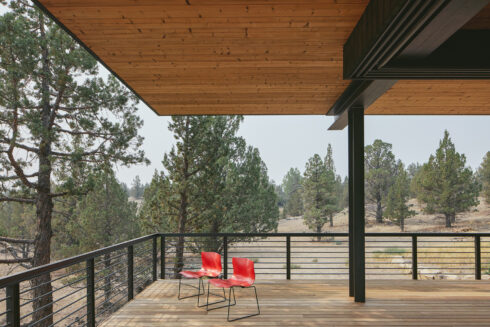
When designing...
...
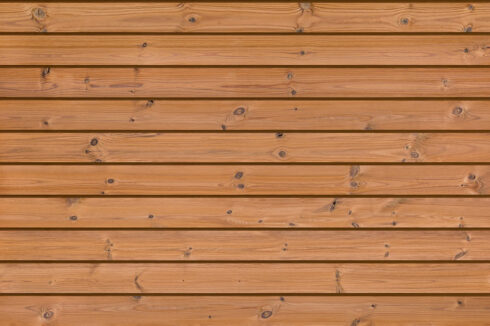
Shiplap cladding...
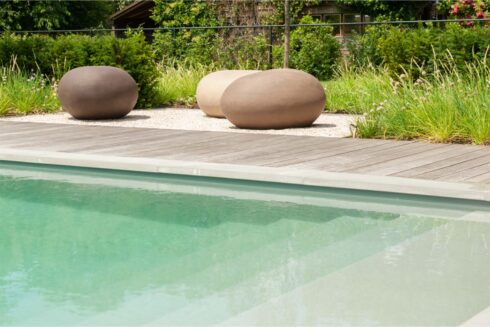
Looking to create a poolside space that’s as durable as it is beautiful? Thermo-ash decking is the perfect choice for stylish, low-maintenance outdoor...
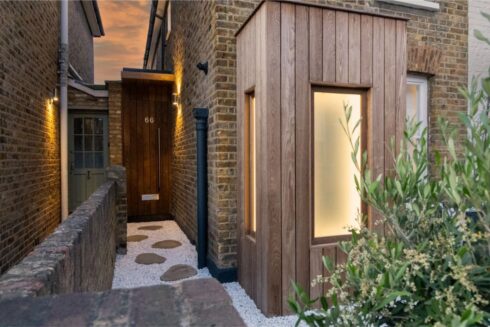
The most...
Rooftop spaces...
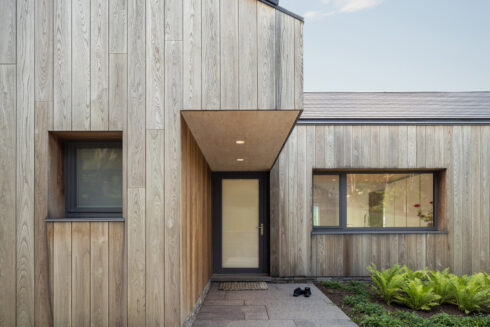
Contemporary...
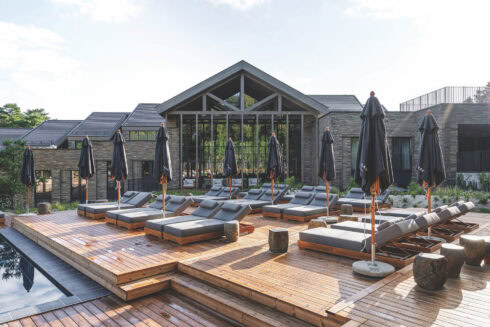
Wood decking adds...
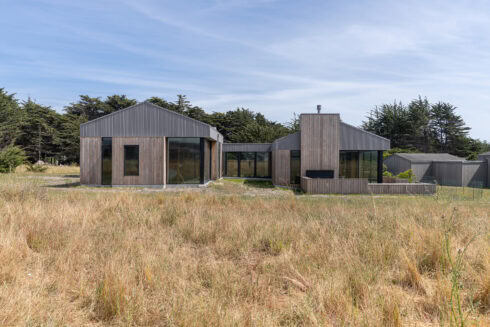
While a wood species’ natural properties play an important role in determining the timber cladding’s durability, they’re only part of the...
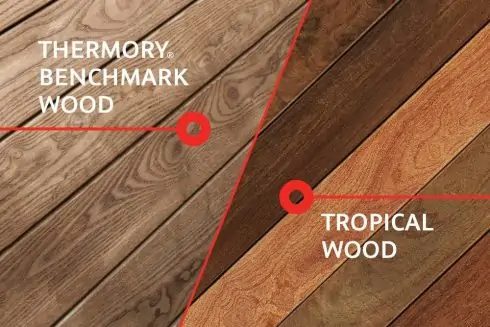
As the construction and design industries evolve, so does the demand for sustainable, high-performance building materials. For over 25 years, Thermory has...
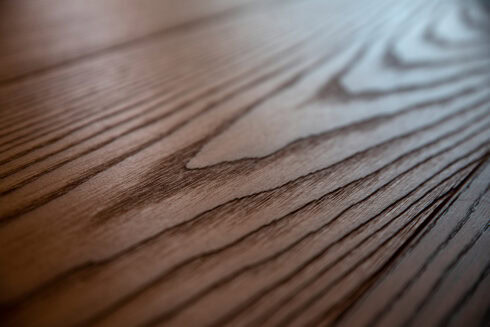
Picture a wood that balances elegance, durability and versatility – a natural material that not only meets your demands but also exceeds your...
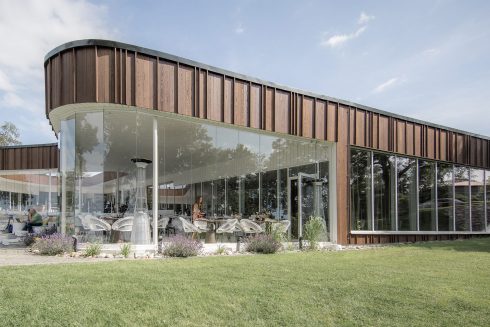
Combining different wood species, finishes and profiles brings variety to any interior or exterior design, delivering a tantalizing injection of texture and...
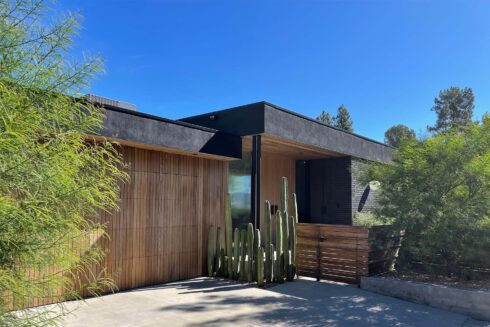
We were curious about the architecture trends and the popularity of timber in Australia, so we asked our down under partner, McCormacks Australia, to tell...
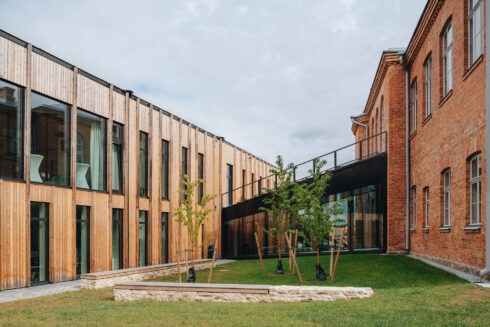
With the EU, US and many other countries aiming to achieve carbon neutrality by 2050, sustainability is not just a construction trend anymore, but it’s...
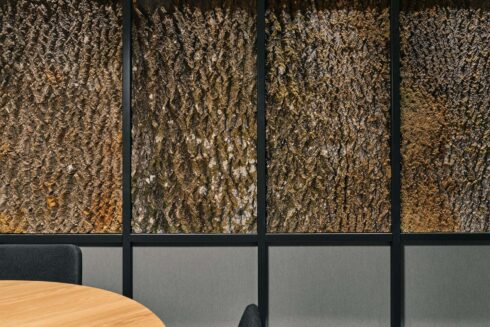
In the quest to shift our world towards more sustainable practices and circular processes, designers are increasingly turning their attention to...
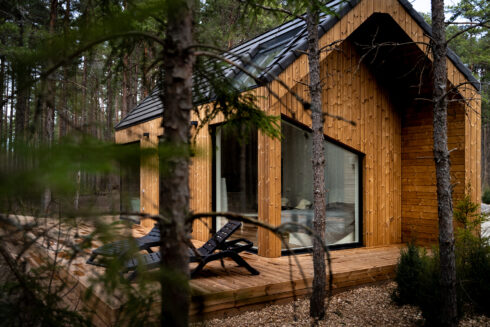
Sometimes, the best place to unwind and get away from it all is a secluded forest cabin in breathtaking surroundings. Find inspiration for your next...
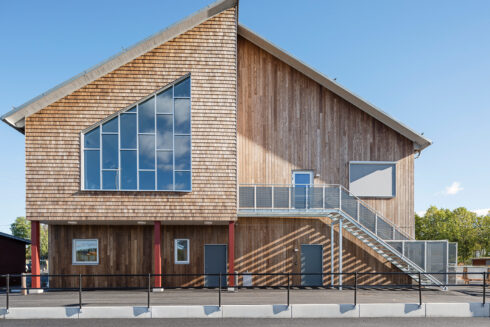
When it comes to designing and constructing educational spaces, choosing the right materials is crucial. There has been a growing trend towards...
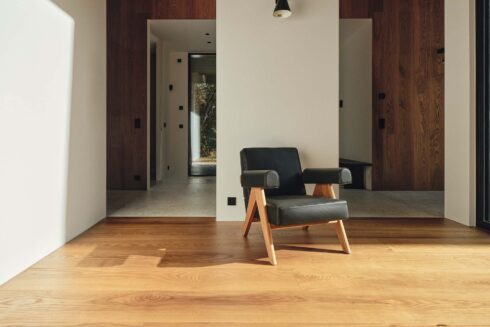
In the world of interior design, trends come and go, but some elements remain eternal, providing a sense of warmth, comfort, and timelessness. Among these...
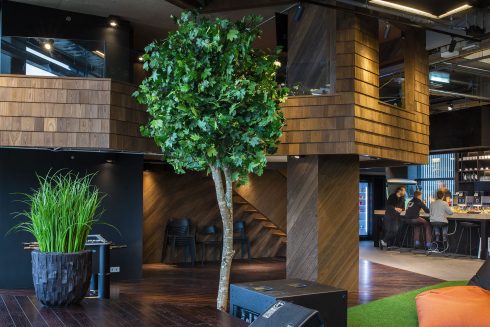
In a world increasingly dominated by sleek, modern designs, incorporating natural elements into your workspace can breathe life and warmth into an otherwise...
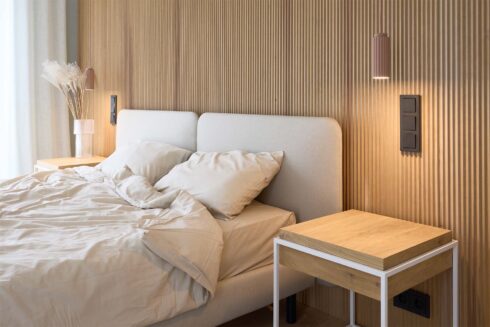
A new high-rise trend has taken over households around the world. Wood slat walls have aesthetic appeal and offer visual interest both indoors and outdoors....
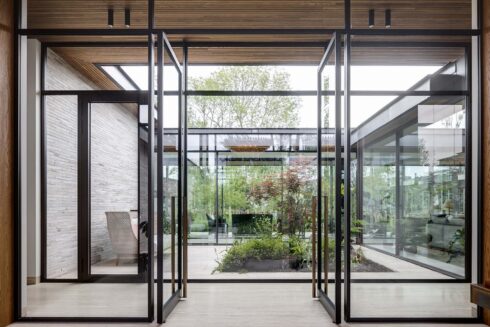
As architects and landscape designers, creating indoor outdoor living spaces that are sustainable and eco-friendly is more important than ever. With a...
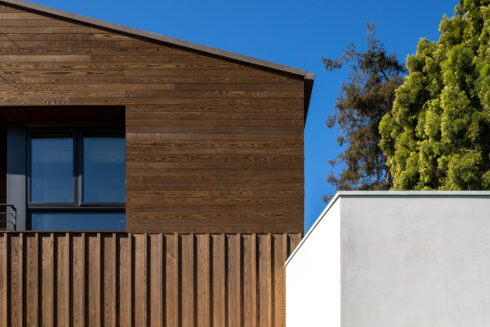
Wood is a highly valuable material and although it grows abundantly, we must treat this natural resource with respect and create value from even the smaller...
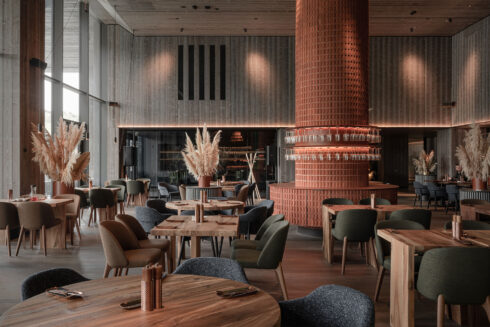
The world is constantly evolving – and with it, the choices we make when setting up our homes to be ideal living spaces. With recent events compelling us...
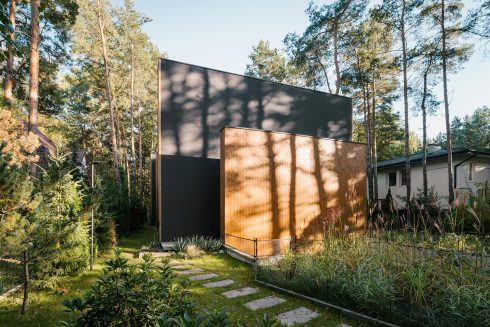
From intimate spaces like our homes to public urban areas, the environment surrounding us has a big effect on our well-being. Recent turbulent years have...
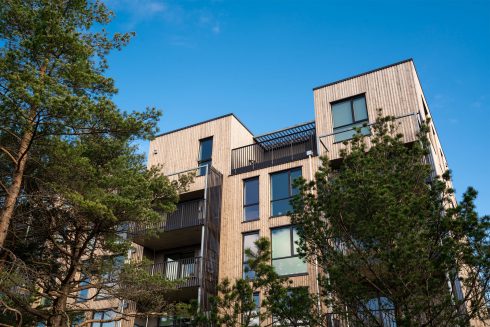
Finding the best solution to clad buildings is important for several reasons – as well as defining the look and feel of your design, it also has a major...
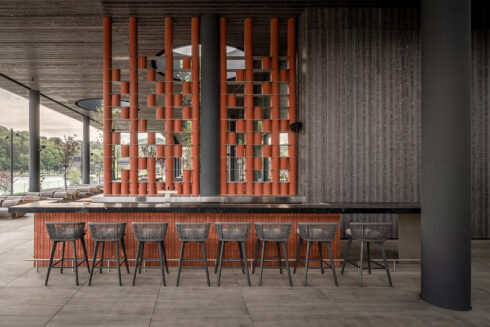
Thermory Design Awards is part of Thermory 25 celebrations for acknowledging and rewarding our...
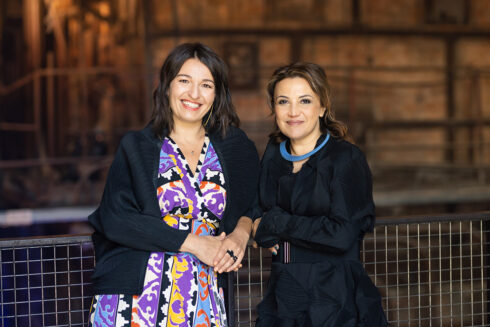
Curators of Tallinn Architecture Biennale 2022 exhibition “Edible ; Or, The Architecture of Metabolism”, Lydia Kallipoliti & Areti...
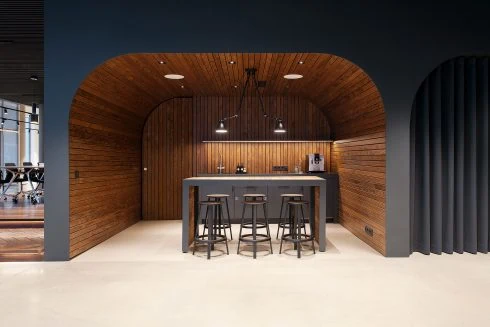
The aim of biophilic design is to create buildings and spaces that enable harmonious, naturally enjoyable experiences for their users by promoting the...
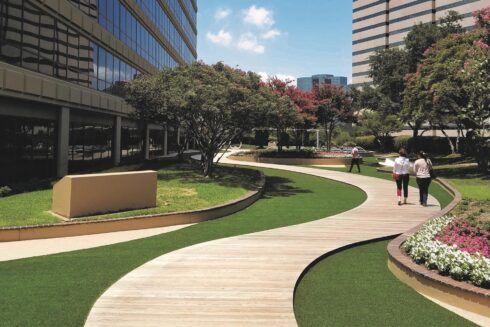
The purpose of biophilic design is to create spaces that deliver benefits for both human health and the environment by nurturing people’s innate affinity...
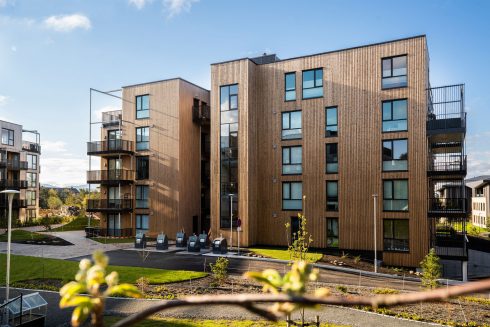
Natural wood can be used in many different ways. The beauty and versatility make wood unequalled building material. As both an interior and exterior design...
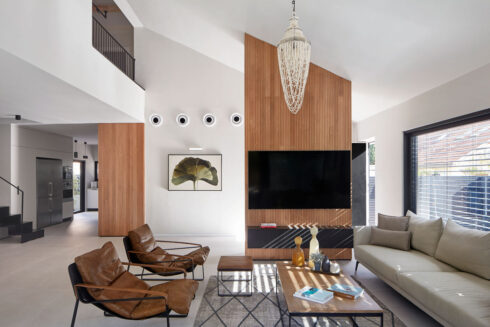
Wood is like wine; it just gets better with age and never seems to lose its beauty. Even with the increasing number of modern materials, we prefer wood for...
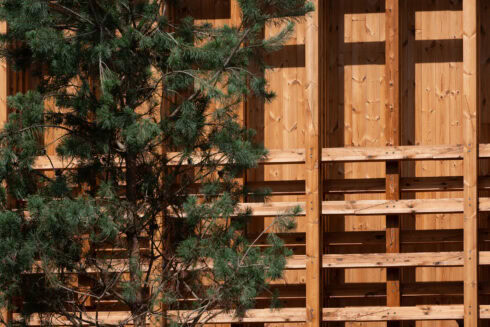
When it comes to...
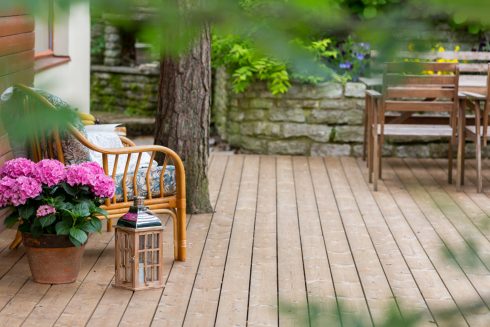
Home is where the heart is – a place where the whole family can feel safe and warm. The building materials you choose should enhance this feeling and...
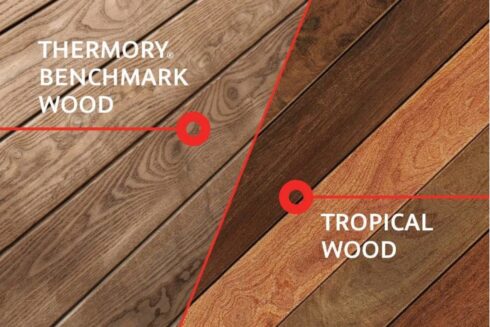
For decades, tropical hardwoods have been prized for their density, durability, and rich appearance. But their popularity comes at a high cost. Many of...
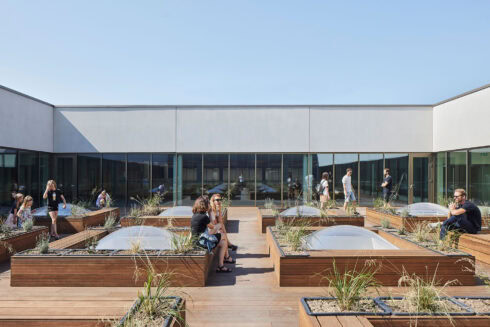
...
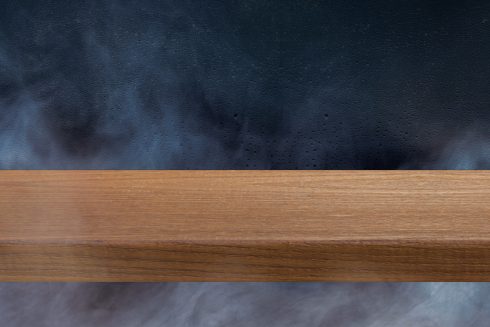
Thermally modified wood, often referred to as thermowood, is real wood enhanced using only heat and steam to improve its durability, dimensional stability,...
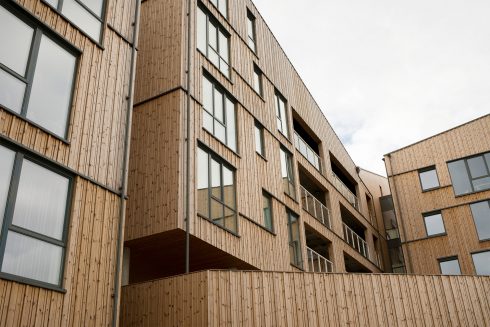
Thermally modified wood offers a unique combination of beauty, durability, and versatility. If you’re searching for fresh exterior cladding ideas,...
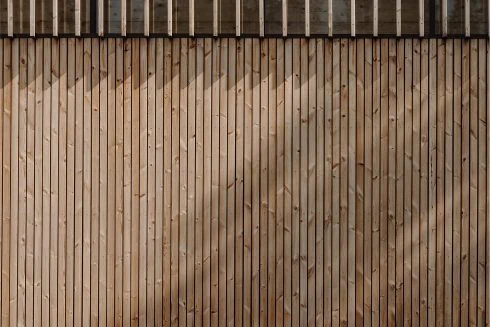
With rising concerns about climate change, the world community’s responsibility to reduce our carbon footprint rests with each and every individual and...
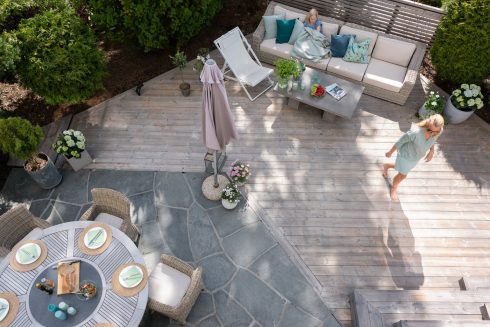
Wood is a natural material – and that’s part of its magic. Over time, its appearance changes, especially when exposed to the elements. Thermory’s...
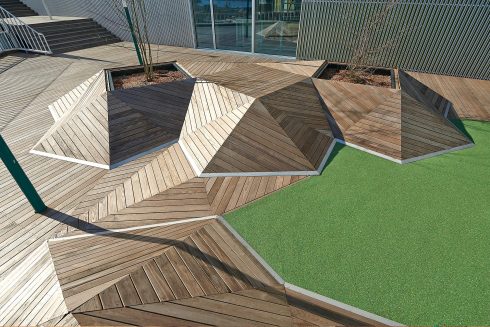
You’ve selected the perfect decking for your outdoor space – now you just need to decide how best to secure it in its chosen location. There are two...
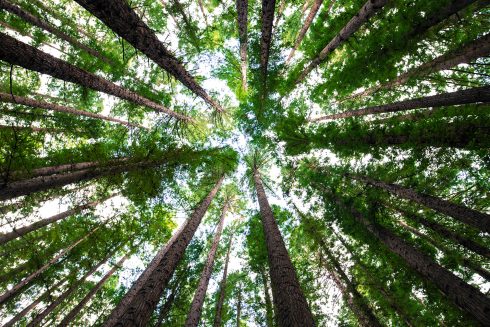
Great design is more than just aesthetics—it’s about how a space makes you feel. Increasingly, research confirms what many have intuitively known: wood...
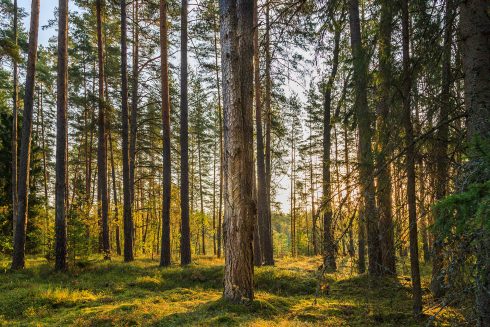
Ensuring the highest quality with the smallest possible ecological footprint and responsible use of resources are all principles that we consider important...
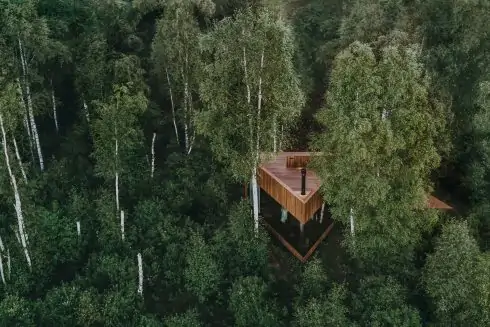
A trend is taking root in the worlds of architecture and interior design based on using natural materials and living plants to better...
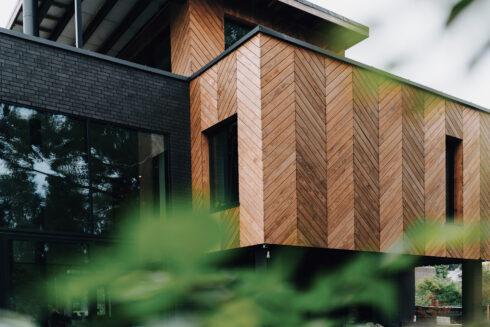
If you’re considering which wood types to use for a renovation or construction project, there are several considerations that may influence your decision...
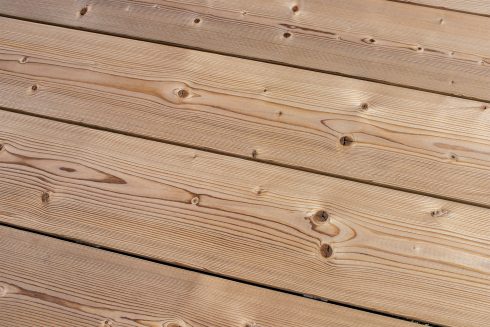
The wood-paneled interiors so common to mid-century homes have become sought after again, as many seek the warm, cozy feeling that the natural material...
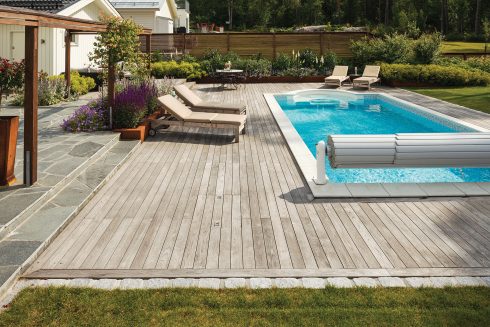
The warmth of springtime is fast approaching, and our thoughts are naturally turning towards spending more time outside. If you have a wooden terrace or...
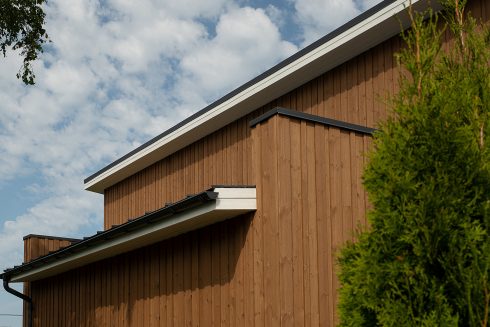
To ensure that your Thermory cladding retains its natural warm and authentic character, it’s important to apply the correct maintenance techniques. The...
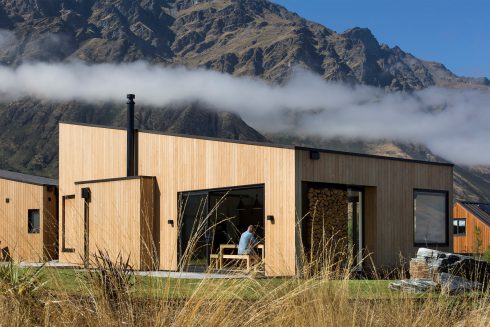
No matter where you live when you’re choosing a decking or cladding material, you’ll have to be mindful of how that material will change over time...
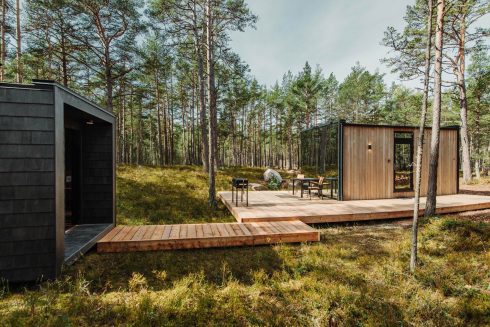
The tiny house movement has gained more momentum in the last decade, but why? It is based on tiny living: owning less so that what you own doesn’t own...

In 2022, the global megatrend of sustainable architecture and building practices will continue. Architecture trends influence the choice of materials both...

THERMORY BENCHMARK THERMO-ASH
ESTONIA
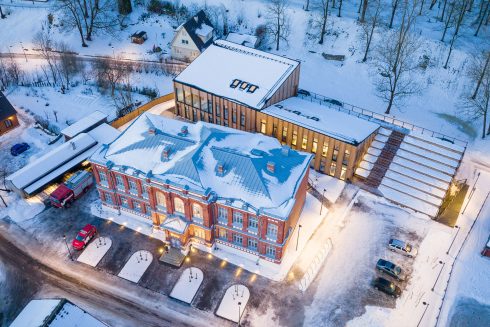
BENCHMARK THERMO-PINE CLADDING C4 20x115 / 26x 115, DECKING D4 26x115
ESTONIA
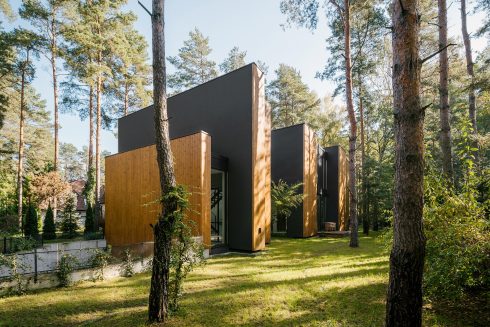
BENCHMARK THERMO-PINE
POLAND
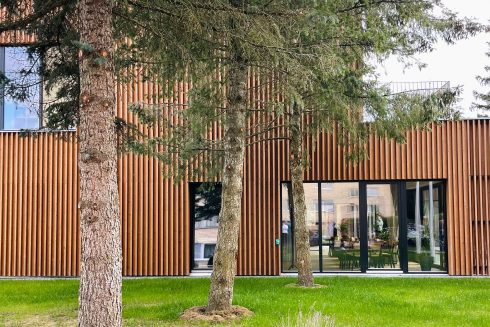
BENCHMARK THERMO-PINE
LITHUANIA

THERMORY THERMO-PINE MIX & MATCH CLADDING
NORWAY
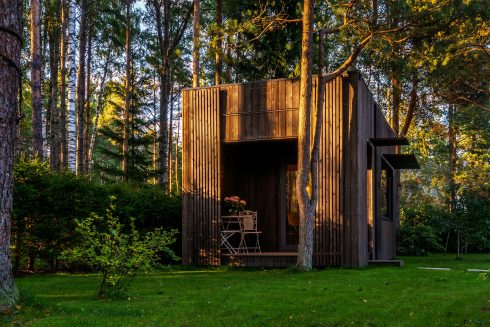
THERMORY BENCHMARK THERMO-SPRUCE BRUSHED CLADDING, THERMO-ASH DECKING AND FLOORING
ESTONIA
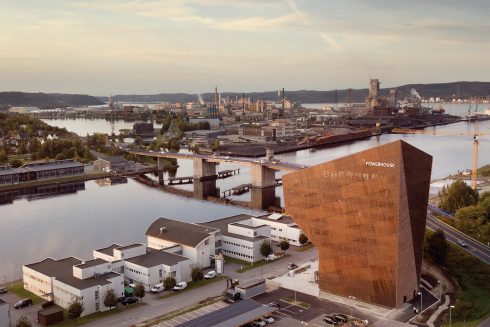
THERMORY BENCHMARK THERMO-PINE CLADDING C4
NORWAY
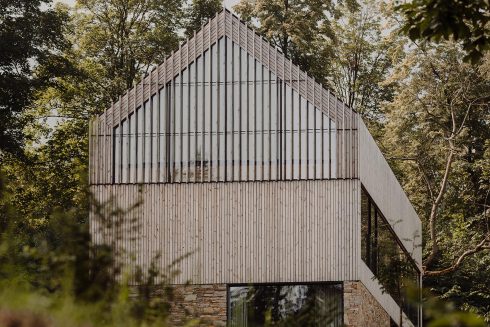
THERMORY BENCHMARK THERMO-PINE CLADDING AND ROOFING
POLAND
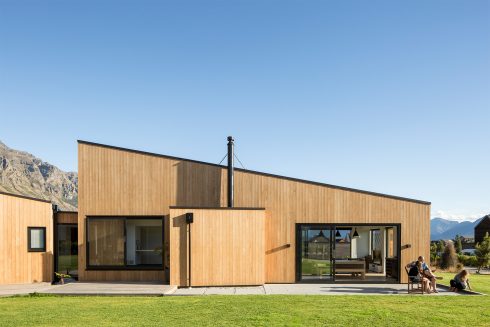
THERMORY BENCHMARK THERMO-RADIATA PINE CLADDING C3
NEW ZEALAND
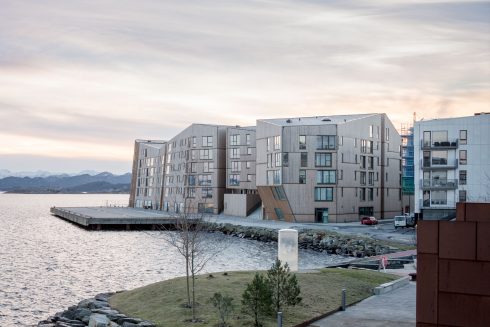
THERMORY BENCHMARK THERMO-PINE CLADDING C3 20X115 MM, ROOFING C10 20X140 MM AND DECKING D4 SG 26X140
NORWAY
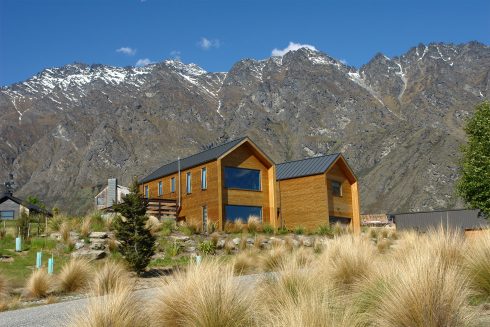
THERMORY BENCHMARK THERMO-PINE CLADDING C8 26X140 MM
NEW ZEALAND

THERMORY BENCHMARK THERMO-ASH DECKING D31
CANADA
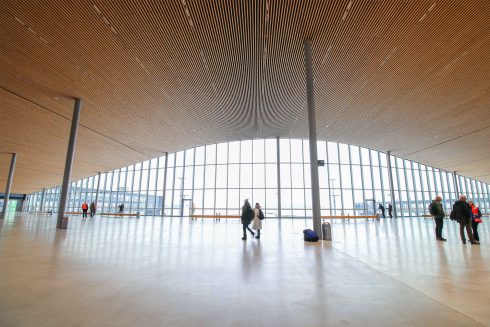
THERMORY BENCHMARK THERMO-PINE
FINLAND

THERMORY BENCHMARK THERMO-ASH CLADDING C5 20X72/140/190MM, BRUSHED AND THERMO-ASH MEDIUM FLOORING F5 18X245
ESTONIA